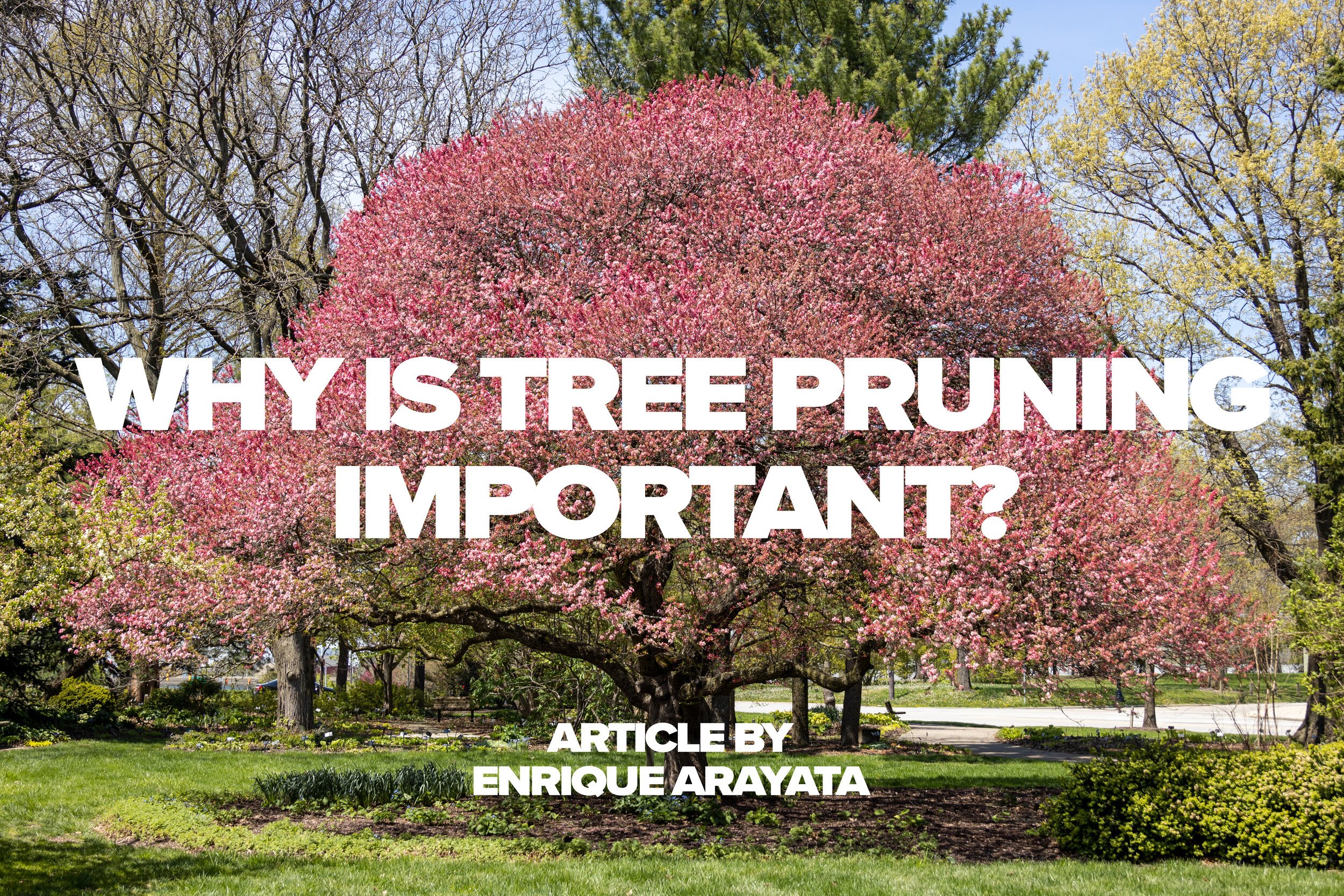Tricolored Bat - Known for their mixed dark and light coloring. These endangered bats prefer to travel solo or in very small groups. You may find them in brush piles, your chimney, or even under your shutters (that’s a good thing).
Northern Long-Eared Bat - Known by their long-pointed ears. Similar to the tricolored bat, they also prefer to travel solo or in very small groups. Similarly, they are also found in brush piles, your chimney, or even under your shutters!
Indiana Bat - Was first found in southern Indiana’s Wyandotte Cave in the late 1920s and is distinguished by the keel (a flap of skin) on the calcar (the spur off the ankle). This bat enjoys taking up residence in pastures, corn fields, and wooded areas in the buckeye state as well as Indiana.
Little Brown Bat - Weighs in at less than an ounce, has mouse-like ears, and long hairs on its feet. This tiny flying mammal can also be found in tree hollows and wood piles.
The flittermouse, AKA the bat, is the major pollinator for over 530 types of flowering plants. With their unique ability to fly farther than the average insect and with their skin coating, bats make excellent pollinators. As they lap up the nectar from a flower, pollen sticks to their coat. Then when they visit the next flower for a drink, the pollen falls onto said flower. The bulsa tree population depends highly on the bat pollination process. Bulsa is the world’s lightest wood tree and is used for aircraft construction and surfboards since bulsa wood also floats.
Without these amazing, flying mammals, we would not have agave - a natural sugar alternative used to sweeten foods and used in medicines to fight diseases like cancer. Additionally, agave is also the main ingredient in tequila.
Bats also play a major role in pest control. In the U.S. alone, they eat enough pests to save more than $1 billion annually in pesticide costs and crop damage. As we are discovering the harmful effects of pesticides, we should welcome these creatures as they naturally combat the pest battle.
Why are these nocturnal insect eaters becoming endangered? As the human population and businesses grow, so also does our need for roads, buildings, and housing developments. With this human growth and development, the bats are losing their habitats.
Bats are also becoming endangered due to white-nose syndrome; a fungus that thrives in cold humid conditions of caves and mines where bats often dwell in wintertime. Discovered in 2006, this fungus grows on the muzzles, ears, and wings, and has claimed the lives of over five million bats.
During the winter, bats will either migrate south for warmer weather and a more plentiful food source, or hibernate in places such as caves, mines, or rock crevices to minimize energy expenditure. In Ohio, this will typically take place from approximately October 1st to March 31st. It is during this window that it is safer for certain tree work projects to be completed. Such examples are larger scale, heavier-wooded areas where bats are likely or known to be located. A residential or developed area is typically safe to perform tree work year-round since these are unpreferable and unlikely conditions for bats to call their home. Surveys can be performed, or in some cases are required, to determine if bats are present. These precautions are done to minimize disturbance for these endangered bats.
So what can we do to protect the flittermouse?
Develop a natural habitat around your home if there is a confirmed bat sighting. In areas where it is safe to do so, leave dead and dying trees in their place. These trees can make great roosting sites for bats.
Install a bat box 10 to 20 feet above ground and create a garden with flowering plants nearby. Place the bat box in an area that will get six to eight hours of direct sunlight primarily in the morning. Bats will take up residence and keep those pests away as your garden grows.
Decrease the amount of light in your lawn area as too much light can disrupt bat behavior. Turn down the lights and watch the bat acrobatics as they munch on up to as 3,000 insects per night.
Every creature has a purpose on Earth and the bat is no exception. Let’s do all we can to help them as they continue to help us!
ADDITIONAL ARBOR ED ARTICLES!



































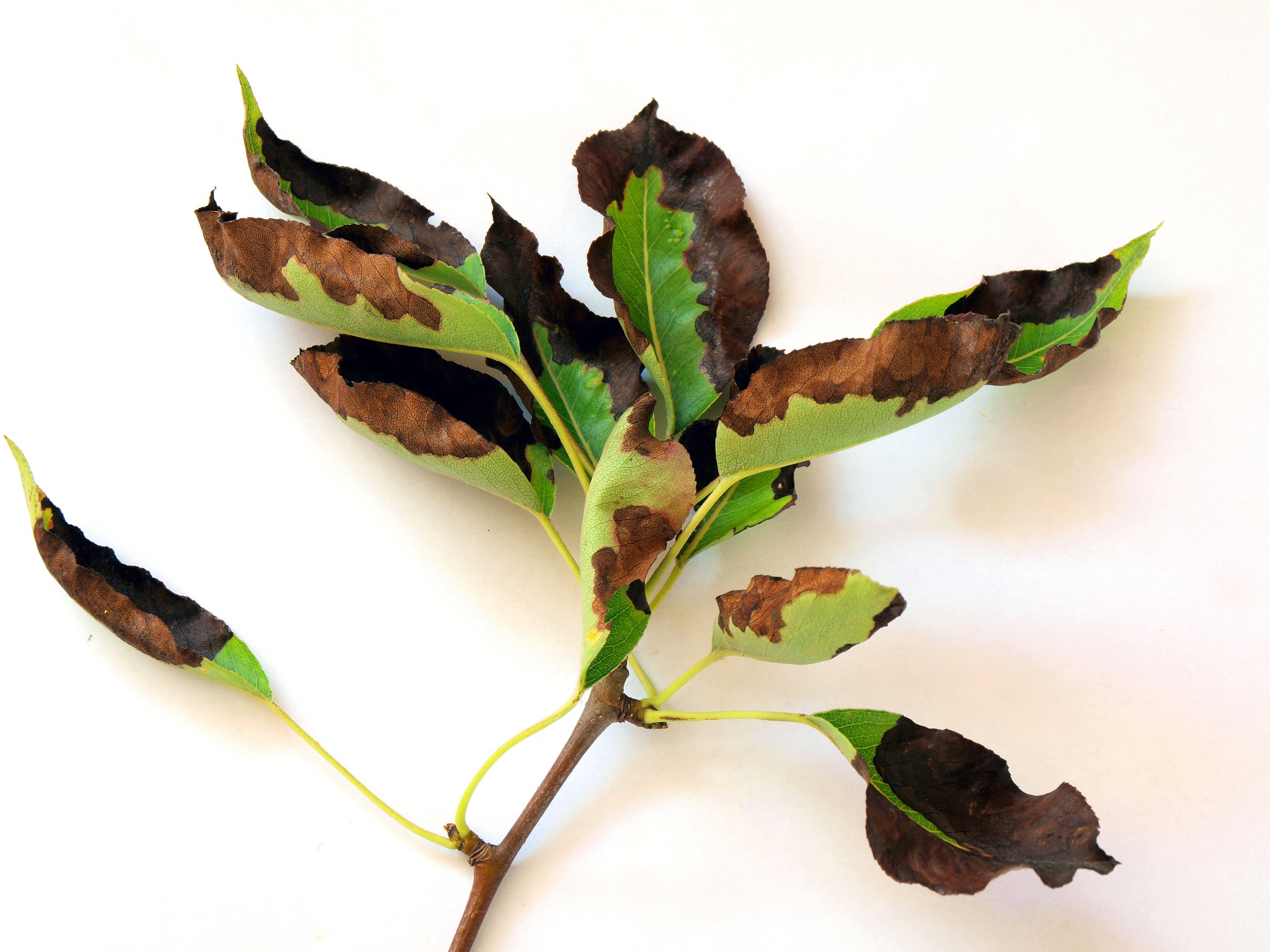




















































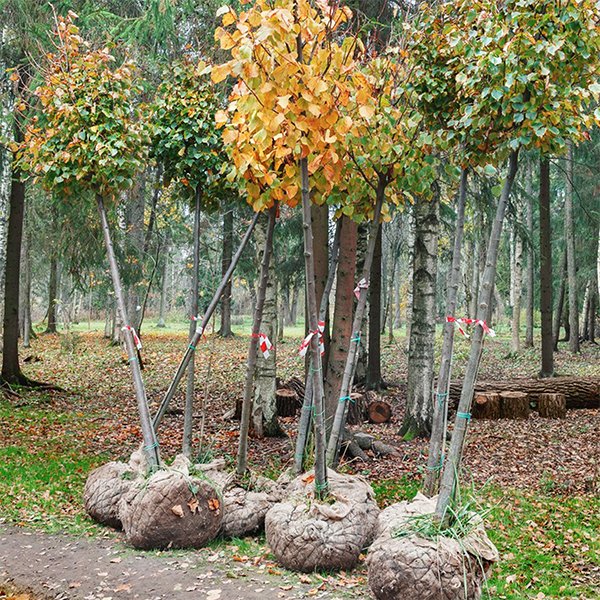










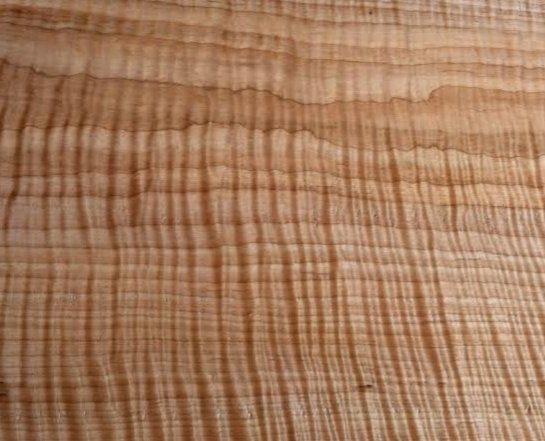












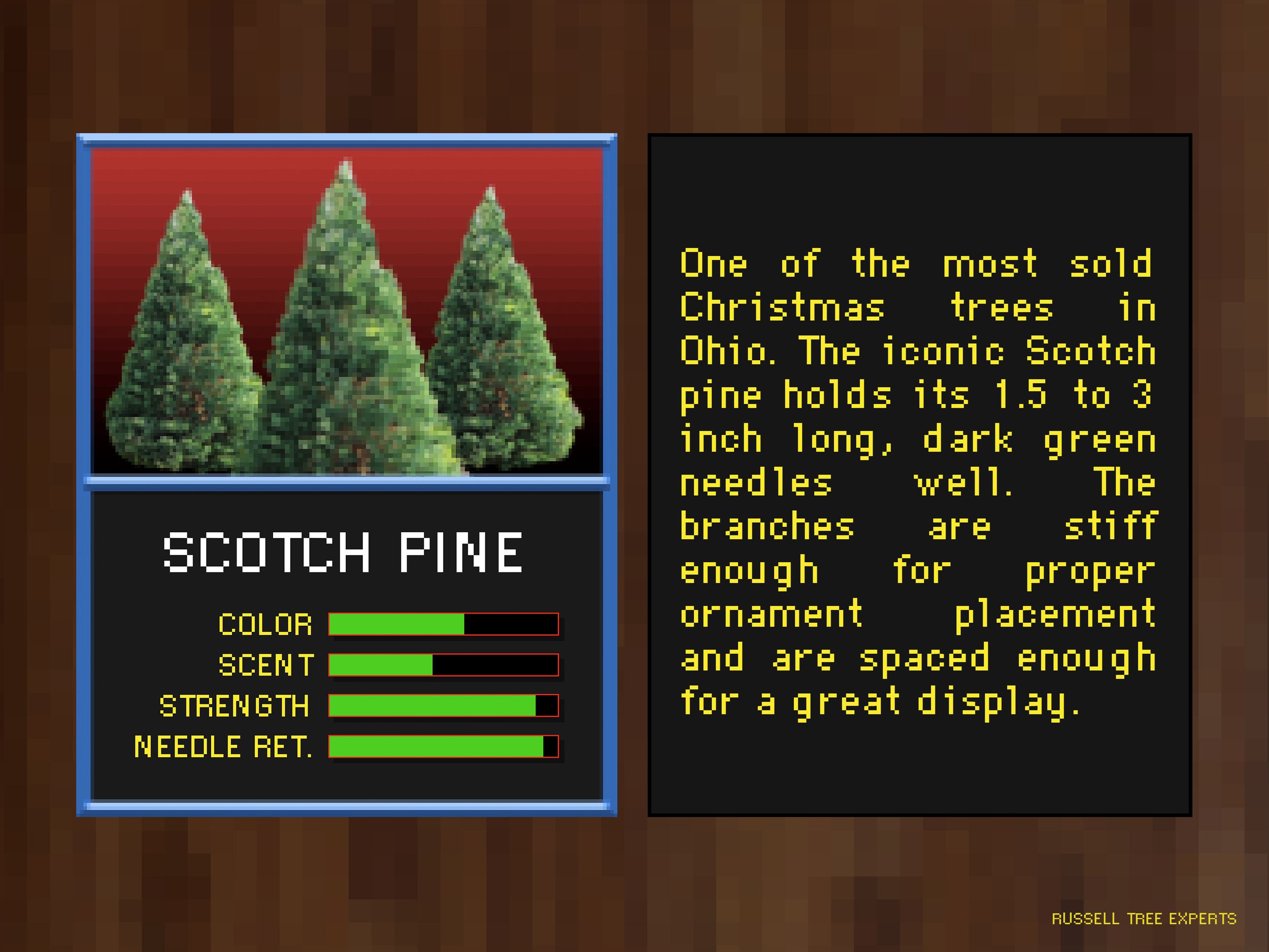















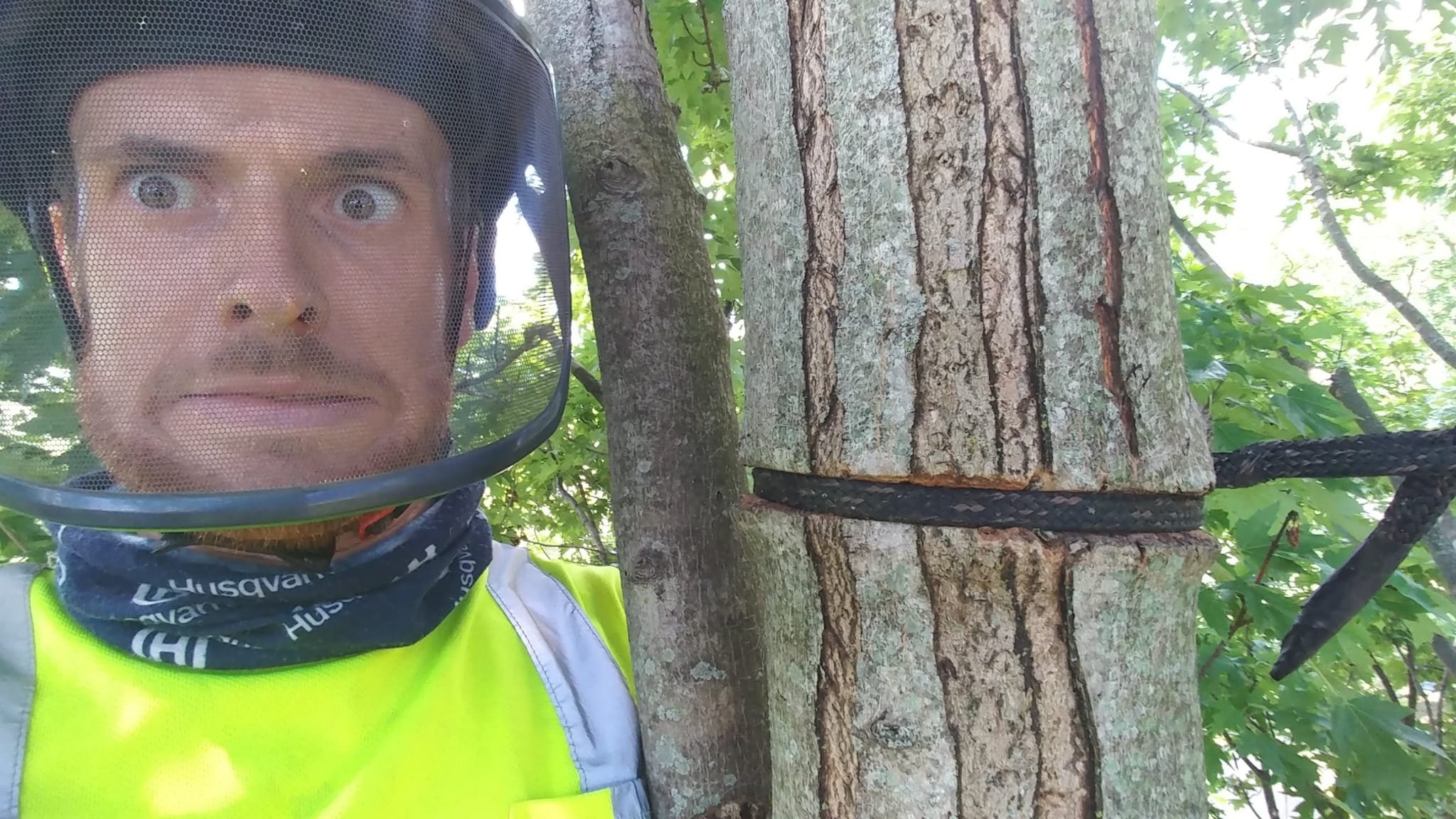





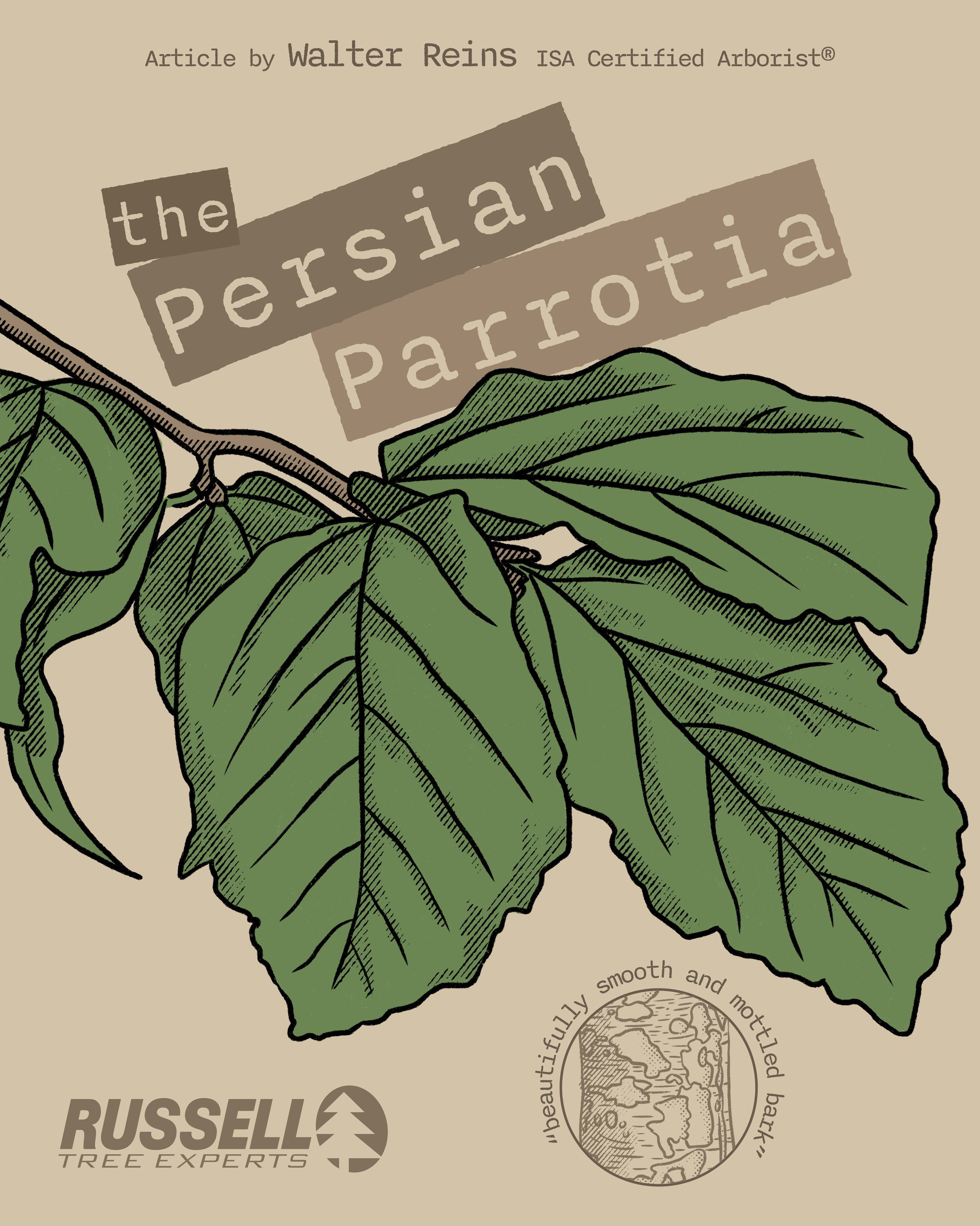

























![[click to enlarge]](https://images.squarespace-cdn.com/content/v1/59dfb3df46c3c41919eac60a/1730388712047-BDGASOH18HRBDQVT9P1K/241031-firewood-BTUs-v2+copy.jpg)



![[click to enlarge & more info]](https://images.squarespace-cdn.com/content/v1/59dfb3df46c3c41919eac60a/1730388864626-J8CIZWZAUEYUS2M6GJ9V/1000001341.jpg)
![[click to enlarge]](https://images.squarespace-cdn.com/content/v1/59dfb3df46c3c41919eac60a/1730388864148-3Y8O20UVDB3QPTQJU9CR/1000001340.jpg)













































